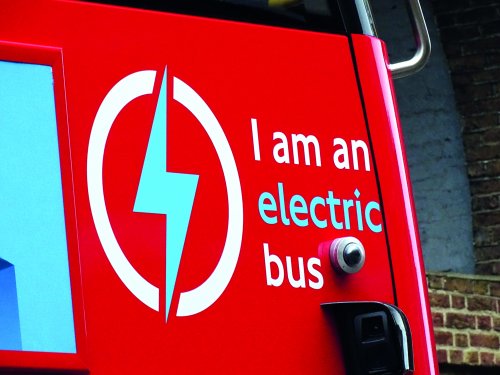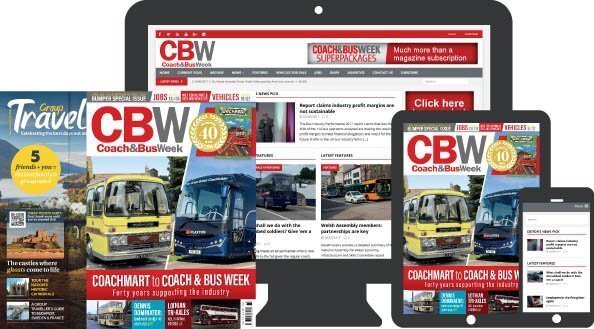
In the midst of funding issues and following the launch of new high specification buses, Richard Sharman pays a timely visit to the capital to see the network from a visitor’s point of view
London has been the subject of many news stories in the past few months in the pages of this magazine. Many of those news stories have been related to Transport for London (TfL) funding, and what the future may hold if long-term funding is not secured. As London is a 24/7 city, things don’t stay the same for long so it was time for a visit to the capital to make use of the bus network, and find out what changes may lay ahead.
Value fares but changes coming
The first, and most important thing to do before a trip to London is the planning. If you are not a regular visitor to London, you really need to get your head around the tickets on offer on the TfL website before you start out. The days of being able to pay by an exact cash fare, or at the on-street ticket machines used at one point are long gone. The Oyster card is the obvious choice for regular TfL bus service users, but contactless payments will have also been in operation for a decade this year, having been introduced on 13 December 2012. In fact a new campaign is currently pushing the use of contactless payments. TfL’s Hopper fare allows you to make unlimited bus and tram journeys for the first hour of touching in with your contactless card on the network, something with is now becoming more common in the UK, but is already commonplace in Europe.
[…]
By subscribing you will benefit from:
- Operator & Supplier Profiles
- Face-to-Face Interviews
- Lastest News
- Test Drives and Reviews
- Legal Updates
- Route Focus
- Industry Insider Opinions
- Passenger Perspective
- Vehicle Launches
- and much more!


